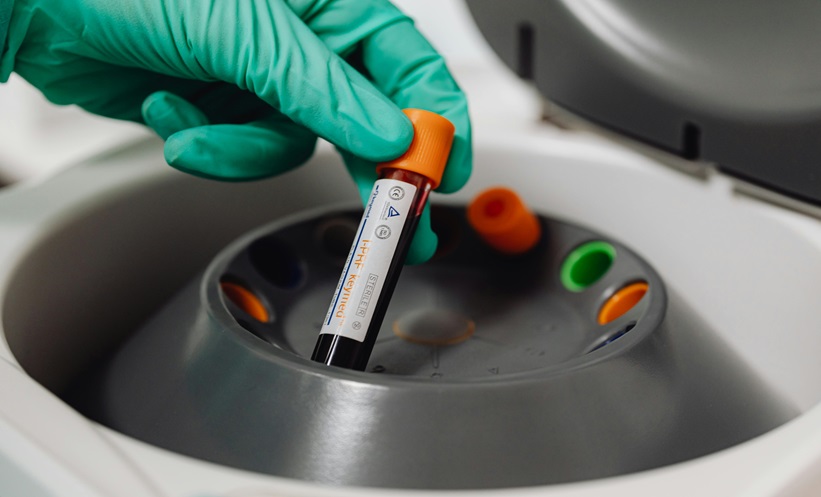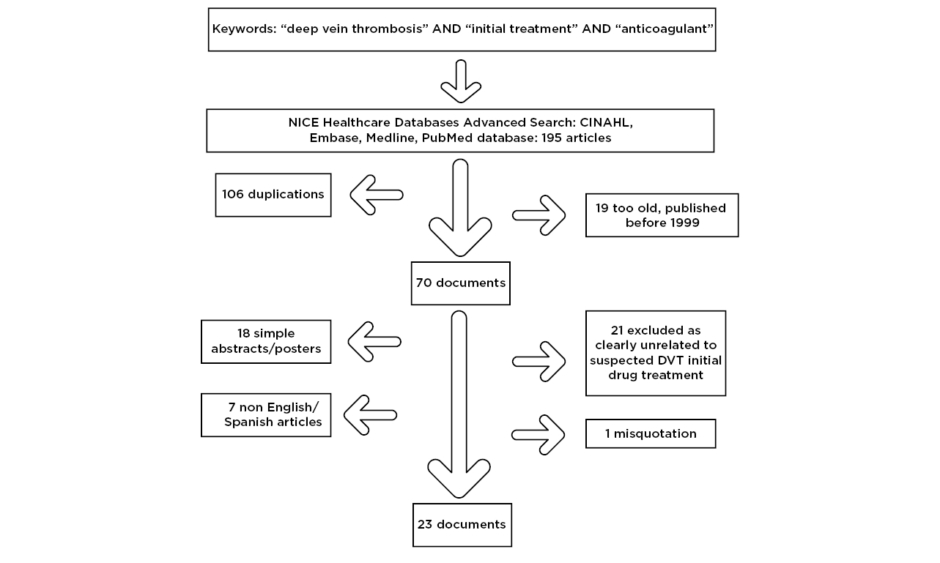INCREASED frequency of bleeding episodes has been observed in patients with atrial fibrillation receiving low doses of direct oral anticoagulants (DOAC) compared to similar patients on standard doses of DOAC. Patients with atrial fibrillation face a heightened risk of stroke. Consequently, patients are prescribed DOAC for blood thinning and, thus, stroke prevention. Numerous studies have validated the safety and efficacy of DOACs for stroke prevention, and metanalyses have demonstrated that DOACs are associated with lower rates of stroke and major bleeding complications compared to warfarin. However, patients prescribed DOACs are at a higher risk of gastrointestinal bleeding and other adverse effects. Therefore, physicians may opt for lower doses in patients at high risk for bleeding, such as elderly patients, limiting the wider use of anticoagulation in these patients. Researchers designed the Measure And See (MAS) study to understand the relationship between measured baseline DOAC plasma levels and the occurrence of bleeding in a one-year follow-up in atrial fibrillation patients.
The MAS study was an observational, prospective cohort composed of 1,657 patients with non-valvular atrial fibrillation who initiated DOAC treatment within one month of diagnosis. The study was multicentre, comprising 27 Anticoagulation Clinics affiliated with the Italian Federation of Anticoagulation Centers, enrolling patients between 27th of August 2018 and 10th of November 2022. All patients underwent venous blood sampling within the first 2-4 weeks of DOAC treatment initiation, immediately before subsequent drug intake. Patient follow-up involved clinical evaluation within the first month of treatment and check-up every three to four months for a year. The primary endpoint when assessing records was major bleeding and bleeding requiring medical intervention, hospitalization, or evaluation.
The incidence of bleeding complications in the first three months of treatment was significantly higher (p=0.0401) in patients on low-dose DOACs, and the difference was no longer statistically significant after three months. The results revealed that only 3.1% (50 patients) experienced bleeding events and that 58% of these complications occurred in patients receiving low doses of DOACs during a one-year follow-up. These findings led study authors to conclude that low DOAC doses do not lower plasma levels of the drug or reduce bleeding risk but predispose patients to a higher risk of bleeding early in the treatment course. Researchers suggested that bleeding risk during anticoagulant treatment is likely multicausal, and by measuring plasma medication levels after DOAC initiation, medication doses can be tailored to reduce bleeding and clotting complications.
Reference: Palareti G et al. More early bleeds associated with high baseline direct oral anticoagulant levels in atrial fibrillation: the MAS study. Blood Advances. 2024;DOI/10.1182/bloodadvances.2024013126






